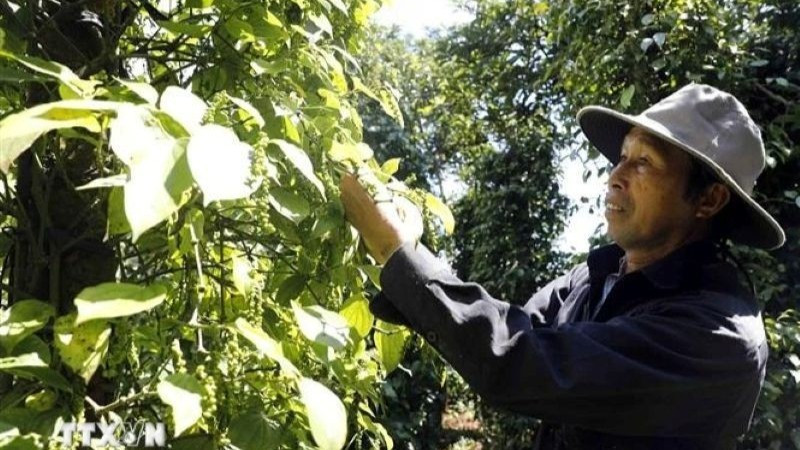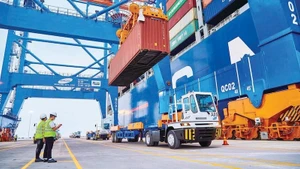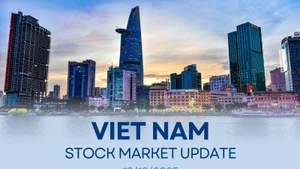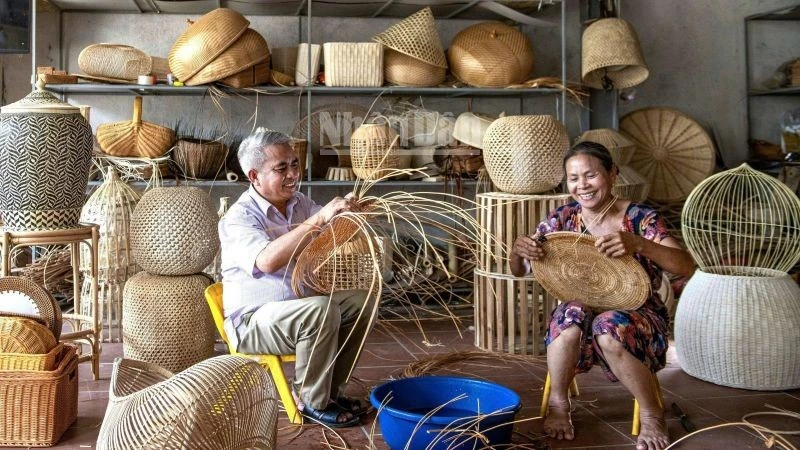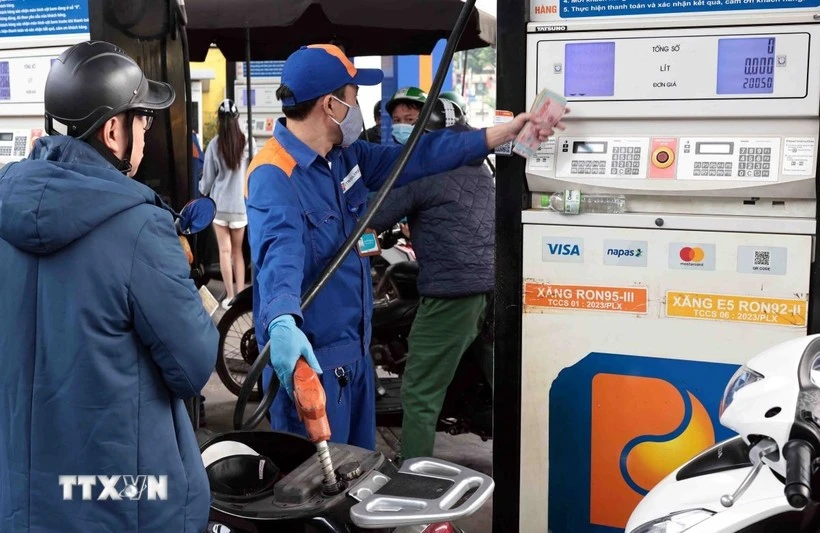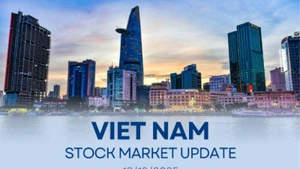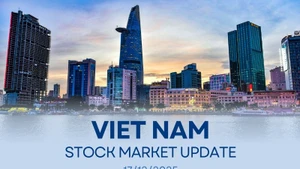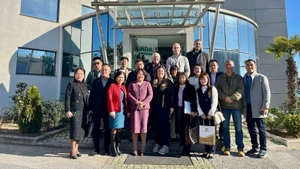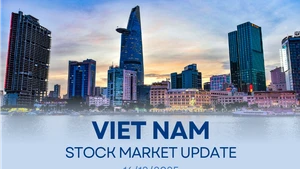According to Hoang Thi Lien, Chairwoman of the Viet Nam Pepper and Spice Association, Viet Nam exported 145,046 tonnes of various types of pepper in the first seven months of 2025, with a turnover of 988 million USD. Compared to the same period in 2024, the export volume decreased by 11.7%, but the turnover increased by 29.3% thanks to a rise in the average export price. Specifically, the price of black pepper reached 6,713 USD per tonne and white pepper 8,756 USD per tonne, up by 47% and 41.2%, respectively.
These are the highest prices recorded in many years, clearly reflecting the recovery trend of the global pepper market and the improvements in quality and added value within Viet Nam’s production chain.
For cinnamon products, Viet Nam exported 73,080 tonnes, generating a total turnover of 187.5 million USD, up both in volume and value by a respective 34.9% and 21.6% compared to the same period in 2024. In the same seven months of 2025, Viet Nam exported 9,276 tonnes of star anise with a total turnover of 35.7 million USD.
The main export markets for Viet Nam’s spice products include the US, India, the United Arab Emirates, and the European Union (EU).
Among spice products, pepper remains the key commodity, with the potential to surpass the 1.32 billion USD turnover recorded in 2024. In the first seven months of 2025, the US was Viet Nam’s largest pepper export market, with 30,890 tonnes, accounting for 21.3% of market share.
In addition to traditional markets, the United Kingdom is emerging as a promising market for pepper in 2025. Statistics from the Import and Export Department (Ministry of Industry and Trade) show that Viet Nam was the largest supplier of pepper to the UK in the first four months of 2025, accounting for 59.94% of the volume and 62.72% of the value in the country’s total imports.
Opportunities to expand Viet Nam’s pepper market share in the UK remain high, as this product enjoys multiple advantages in terms of supply, price, and trade policies. With abundant and consistent supply, Viet Nam can readily meet large orders from UK retail systems.
In terms of price, Vietnamese pepper is currently significantly cheaper than that of Indonesia, while quality continues to improve, meeting the needs of UK businesses and supermarket chains seeking reasonably priced products with stable quality.
Despite these positive signals in Viet Nam’s spice exports, the sector is also facing fierce competition from other countries exporting similar products. For instance, in the Chinese market, Vietnamese pepper competes on price with pepper from Indonesia. This requires enterprises to adopt flexible pricing and delivery strategies in response to fluctuating demand. In India, Vietnamese pepper also faces competition from supplies originating from Sri Lanka and Brazil.
According to Phan Minh Thong, Chairman of the Board of Directors of Phuc Sinh Joint Stock Company, for pepper, as well as spices in general, import markets are becoming increasingly demanding in terms of quality and food safety. Consequently, natural, additive-free spices with organic certification and clear traceability are gaining consumer preference, prompting enterprises to adopt green production methods.
For many years, Phuc Sinh has implemented a sustainable pepper cultivation model by linking with farmers to produce according to international standards. Each year, the company organises technical training programmes for farmers in raw material areas. As a result, Phuc Sinh’s pepper is primarily exported to the US — one of the most demanding markets regarding quality standards.
In the coming period, to capitalise on growth opportunities for the spice sector, the Viet Nam Pepper and Spice Association announced it will continue to organise national-level trade promotion programmes, such as trade exchanges in Germany and the Netherlands; coordinate with enterprises to hold training courses for farmers on sustainable farming; implement a pepper replanting model in key provinces; and complete a digital map database of Viet Nam’s spice crops. Additionally, the association will actively monitor issues related to value-added tax, certificates of origin, reciprocal tariffs, and food safety certificates, with the aim to support enterprises in enhancing production and export capacity.
